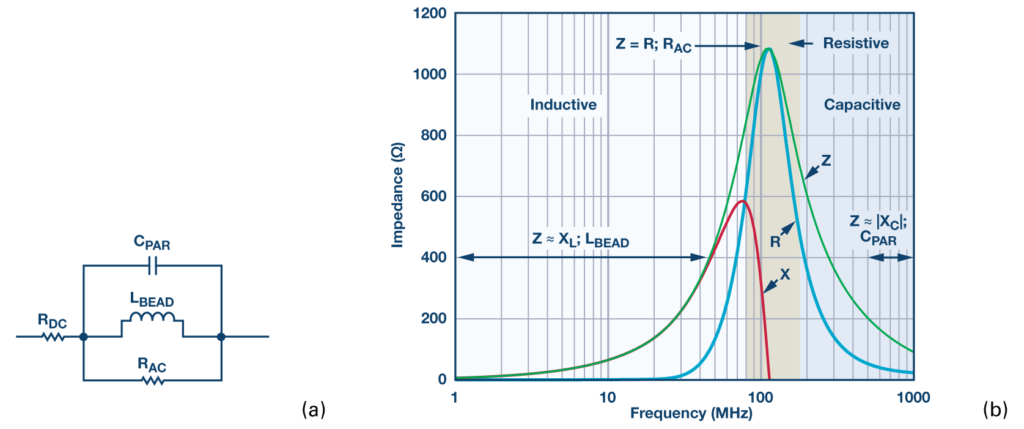ELA
Senior Member
- Occupation
- Electrical Test Engineer
It is possible for most electronics to be upset/reset/trip due to ElectroMagnetic Interference such as that generated by high frequency interference.I guess I am not seeing how they can put something in the GFCI to filter this out and not compromise the protection some from what the 4-6mA listing standards require. And this is complicated by more stuff in recent years that isn't compatible with GFCI's along with expanded GFCI requirements that some these items end up connected to.
Many products do not take Electromagnetic Compatibility into consideration unless required to do so my being held to more stringent EMC standards.
In the past I had performed EMC compatibility testing and it was easy to upset/reset/trip electronic devices if they had not been designed and tested to meet a higher level of EMI. Generally devices designed to be sold in Europe can withstand higher levels of EMI, when tested to EMC standards required for "CE" marking.
High frequency currents enter the circuitry and find alternate pathways to upset microcontrollers etc. In the case of the GFCI it may have little to do with capacitive leakage of the external conductors when subjected to high frequency interference.
Ferrite cores are most often used when the offending frequencies are higher and to combat Radiated EMI. For conducted EMI such as with the drive an EMI filter is generally more effective to attenuate the lower frequencies. If you get lucky and the ferrite core works it is of course much less expensive than high current EMI filters designed with large inductors.
The impedance that the Ferrite inserts into the conductors increases with the square of the number of turns used.



